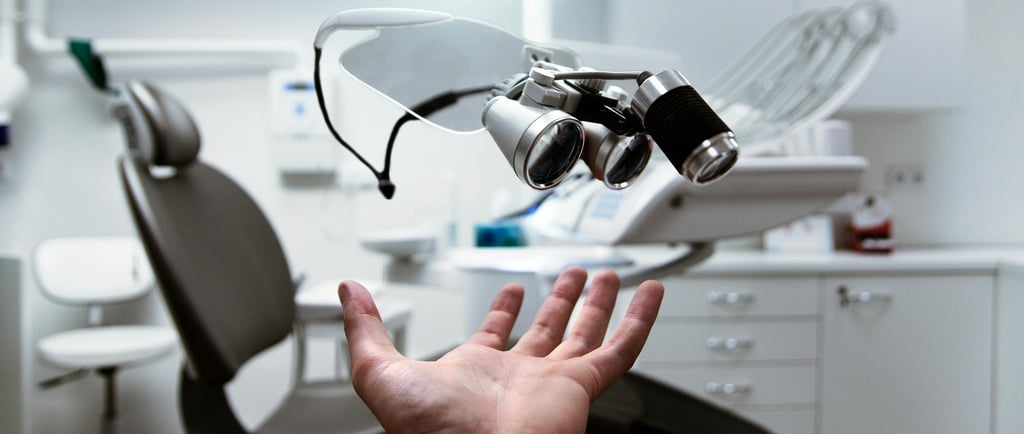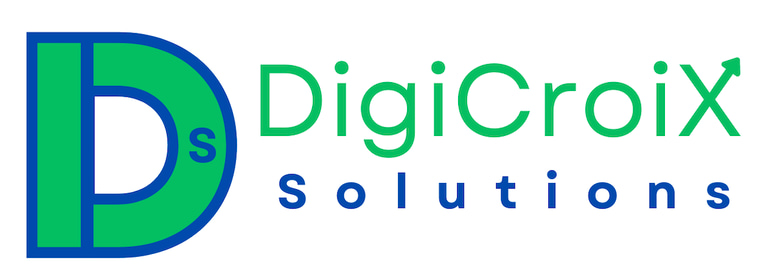Creative Hospital Ads: Integrating Video and VR
Push the envelope with creative hospital ads that use immersive video and VR to showcase surgical facilities. Learn how it elevates ROI. Book a 1‑hour call to explore immersive ad concepts.
Vishwa Raval
10/8/20255 min read


The Evolution of Hospital Advertising
The landscape of hospital advertising has undergone significant transformations over the decades, shifting from traditional print formats to embracing dynamic digital strategies. Historically, hospitals relied on print advertisements, billboards, and brochures, which offered limited engagement opportunities. These static forms of communication often failed to connect deeply with potential patients, as they relied on one-way messaging that did not cater to evolving consumer expectations.
As the healthcare industry began to recognize the importance of patient engagement and education, it became clear that more interactive and visually stimulating advertising methods were necessary. The emergence of digital technology, particularly in the early 2000s, allowed hospitals to leverage online platforms to reach a wider audience, tailoring messages that resonated with diverse demographics. Websites, social media, and email marketing became prominent tools for hospitals seeking to broaden their outreach effectively.
With advancements in technology, the advent of video advertising heralded a new era for hospital marketing. Video content offers a compelling medium to showcase services, share patient testimonials, and educate viewers on health issues, thus enhancing emotional connections. This trend was further amplified with the introduction of virtual reality (VR), enabling hospitals to create immersive experiences that vividly portray their environments, procedures, and the patient journey. Such innovations elevate hospital advertising by providing potential patients with a unique insight into the healthcare experience, fostering trust and transparency.
Additionally, changing consumer expectations play a pivotal role in the evolution of hospital advertising. Patients are now more informed and empowered, often researching options prior to making healthcare decisions. As a result, hospitals must continuously adapt their marketing strategies to remain competitive in a crowded market where patient engagement is essential. By embracing creative approaches that utilize modern technology, healthcare providers can effectively communicate their value propositions while addressing the needs and concerns of prospective patients.
The Impact of Video in Hospital Advertising
In recent years, the use of video content in hospital advertising has significantly grown, highlighting its importance in the healthcare sector. Hospitals are increasingly harnessing the power of video to create compelling narratives that showcase their surgical facilities, patient experiences, and the day-to-day operations within their healthcare systems. This shift can be attributed to the need for healthcare providers to engage their audiences on a more personal level, conveying authenticity and building trust through visual storytelling.
Video allows hospitals to present complex medical procedures and technology in a more digestible format, making it easier for potential patients to understand the services offered. For example, showcasing surgical facilities through virtual tours can provide reassurance to patients considering surgery. These visual elements not only inform but also help demystify healthcare processes, ultimately improving patient confidence in making informed decisions.
Additionally, patient testimonials can serve as powerful endorsements of a hospital's services. By featuring real individuals sharing their journeys, hospitals can foster a genuine connection with viewers, cultivating a sense of community and trust. Behind-the-scenes videos can also highlight staff dedication and the compassionate care provided, further enhancing the hospital's brand image.
Statistics underline the effectiveness of video in driving patient engagement. According to recent studies, video content can increase conversion rates by up to 80%, ensuring that marketing investments yield a substantial return on investment. Case studies of hospitals that have integrated video into their marketing strategies reveal impressive outcomes, including enhanced patient inquiries and higher appointment bookings. By incorporating video into their advertising efforts, hospitals not only elevate their branding but also demonstrate their commitment to patient care and transparency.
Virtual Reality: The Future of Immersive Healthcare Marketing
Virtual reality (VR) technology has emerged as a transformative force in various sectors, and healthcare marketing is no exception. By providing an immersive environment, VR enables potential patients to engage with medical facilities and procedures in a way that traditional advertising methods cannot achieve. Instead of passively receiving information, individuals can virtually tour surgical units, explore treatment options, and familiarize themselves with complex processes prior to their healthcare decisions. This interactive experience fosters a sense of comfort and confidence in potential patients, greatly influencing their choices.
The benefits of VR in healthcare marketing extend beyond mere tours; they encompass enhanced patient education. For instance, hospitals can utilize VR to visually explain surgical techniques, recovery processes, and even introduce the medical staff who will care for the patients. Such insights can alleviate anxiety by demystifying medical experiences, thus empowering patients to make informed decisions concerning their health. Furthermore, VR's ability to simulate realistic scenarios helps patients visualize the outcomes of their treatment, creating a more profound understanding of what to expect.
Successfully implementing VR technology in hospital advertising requires strategic planning. It is essential to collaborate with experienced developers who can tailor the VR experiences specifically for hospital needs. Patient feedback is critical during this process, as insights gathered from users can help refine content and maximize its effectiveness. Several hospitals have already seen success with VR marketing campaigns, demonstrating increased patient engagement and satisfaction. For example, a case study showed significant improvements in appointment bookings after a VR experience was offered, showcasing the potential of this innovative approach.
As VR technology continues to advance, its integration into healthcare marketing is likely to expand. The immersive nature of VR not only enhances patient experience but also offers hospitals a novel way to differentiate their services in a competitive landscape. Such innovative approaches herald a new era in healthcare advertising, marking a shift towards greater transparency and understanding between patients and healthcare providers.
Maximizing ROI with Creative Hospital Ads: Strategies and Best Practices
In the current landscape of healthcare marketing, hospitals are increasingly turning to creative advertising techniques to maximize return on investment (ROI). Leveraging the power of video and virtual reality (VR) can significantly enhance patient engagement and drive more effective marketing campaigns. To optimize these strategies, hospitals should consider several best practices.
Firstly, it is crucial to define clear marketing objectives that align with the hospital's overall mission. This can include enhancing patient awareness of available services, increasing foot traffic, or improving patient satisfaction. Once these goals are established, hospitals can develop video content and VR experiences that resonate with their target audience, effectively communicating the unique benefits and values of their services.
Content optimization is also an essential component in maximizing ROI. Videos should be tailored for different platforms, such as social media, the hospital's website, and email newsletters, ensuring that the format and messaging align with each platform's audience. For instance, shorter, compelling video clips may be more effective on platforms like Instagram, while longer format content may work better on YouTube. By maintaining such diversity in content, hospitals can reach a broader audience and enhance the chances of conversion.
Additionally, measuring success is critical in refining these strategies. It is advisable for hospitals to utilize key performance indicators (KPIs) such as viewer engagement, conversion rates, and campaign reach. This data can inform future marketing attempts, allowing hospitals to continuously adapt and innovate their strategies. By embracing an analytical approach, hospitals can ensure that their creative ads yield the highest possible ROI.
For hospitals seeking personalized marketing strategies that are tailored to their unique needs, booking a consultation with marketing professionals can provide invaluable insight. As the healthcare marketing landscape evolves, embracing creativity and innovation remains paramount in achieving sustained success.
Get in Touch
Book your free consultation today and let's create a strategy to elevate your success!


Address
94 Shree Nagar Apartment, Sola Road, Naranpura, Ahmedabad, Gujarat, India 380063
6706 Fulton Avenue, Burnaby, BC, Canada V5E 3H1
Phone
+91 88497 12474
Quick Links
© 2025. All rights reserved.
Useful Links
Engagement
Subscribe
+91 88497 12474
